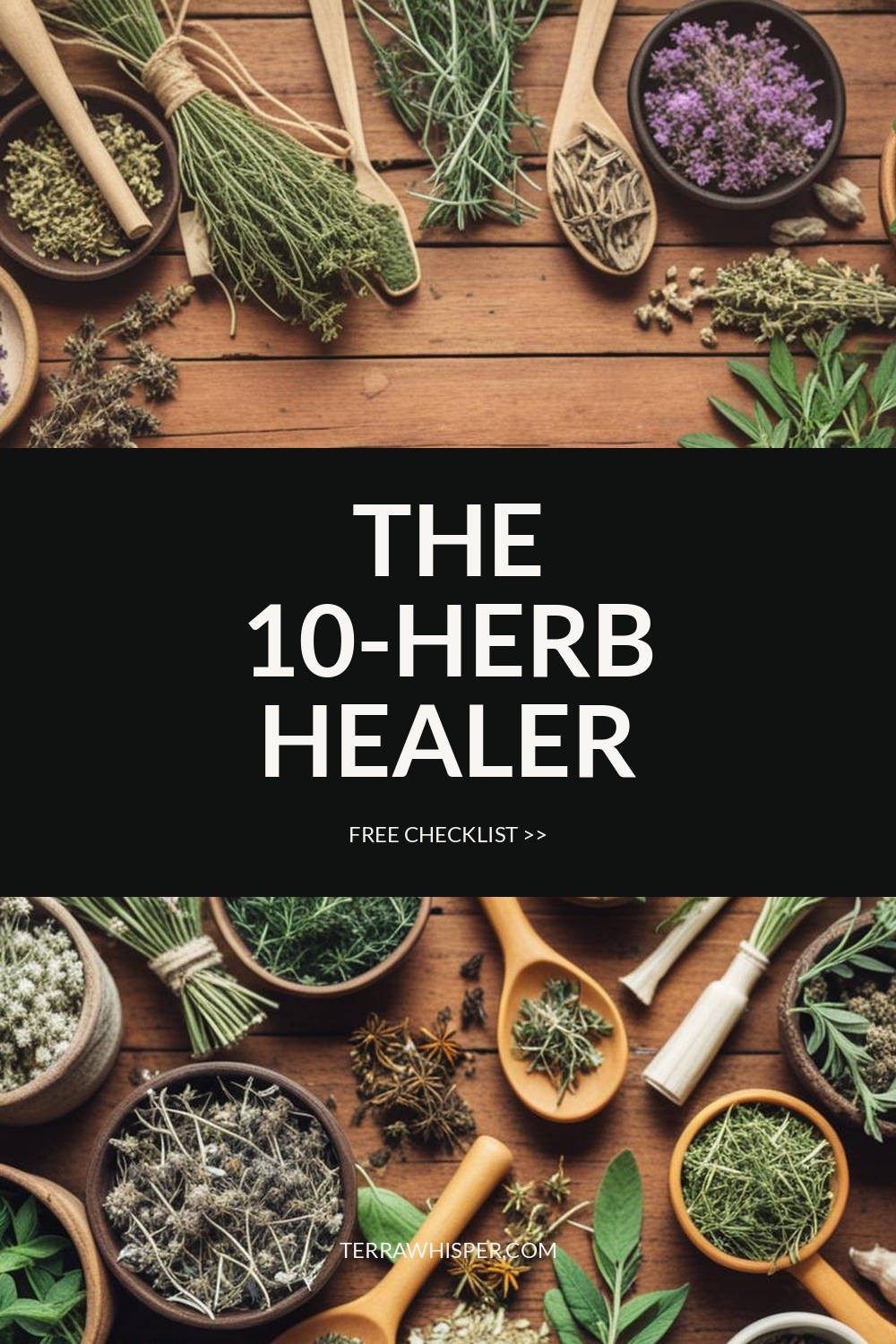Germander (Teucrium Chamaedrys)
Information Reliability Score: 2/10
This score reflects the overall reliability of the information presented in this article. It is based on the quality of scientific evidence, accuracy of sources, and the transparency of references related to Teucrium chamaedrys.
Germander, scientifically known as Teucrium chamaedrys, is a medicinal herb native to Europe and parts of Asia, valued for its adaptogenic properties and historical use in herbal medicine. It is traditionally used to support digestive health, reduce inflammation, and alleviate symptoms of anxiety and fatigue due to its high concentration of essential oils and flavonoids. Historically, Germander has been employed in European folk medicine to treat respiratory issues, headaches, and skin conditions, with ancient Greeks and Romans using it for its purported healing powers. In modern wellness practices, it is often incorporated into herbal teas, tinctures, and supplements to promote relaxation and immune support. Notably, Germander is recognized for its distinctive bitter flavor and the presence of unique compounds like thymol, which contribute to its antimicrobial and antispasmodic effects.
FREE CHECKLIST
The Only 10 Herbs You Need to Heal 90% of Common Ailments.

